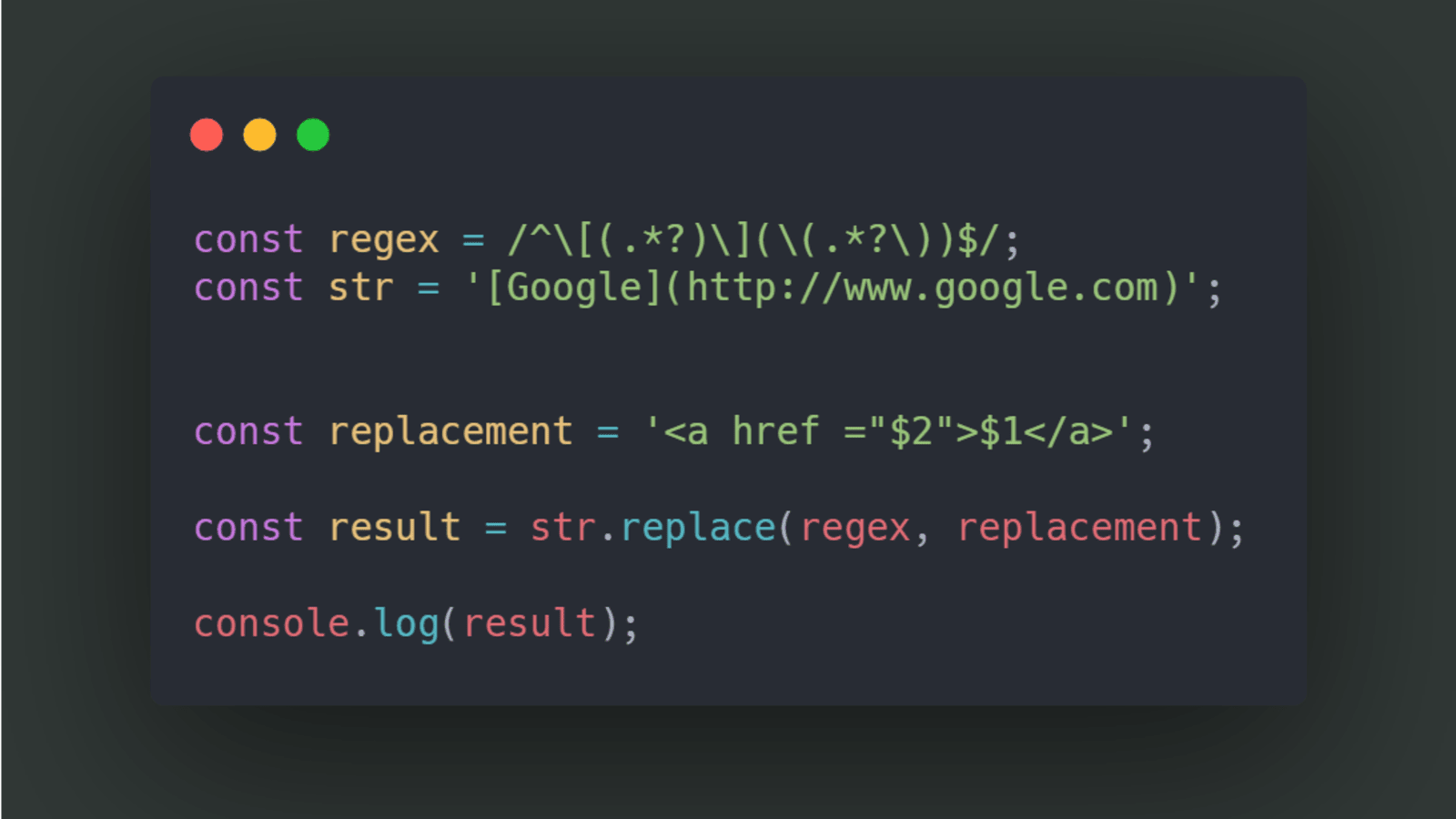
These comparators can be used in queries to locate or exclude certain data from being returned. to match any character also works, but is applied to the whole pattern and JavaScript does not support inline modifiers to turn on/off the flag.

It is the most powerful way to use Regex in SQL. startIndex regexp( str, expression ) returns the starting index of each substring of str that matches the character patterns specified by the regular. POSIX is a set of comparators for case matches and non equivalency. Unlike LIKE and SIMILAR TO, POSIX is not a keyword that is used in a SQL query. Regex patterns discussed so far require that each position in the input string match a specific character class.

This regex means vowels are subtracted from the range a-z. a-z& aeiou Subtraction of ranges also works in character classes. LIKE and SIMILAR TO both look and compare string patterns, the only difference is that SIMILAR TO uses the SQL99 definition for regular expressions and LIKE uses PSQL’s definition for regular expressions. This regex means characters l, m, n, o, p would match in a string. LIKE and SIMILAR TO are used for basic comparisons where you are looking for a matching string. There are three ways to use regex comparisons in SQL: Repetition of the previous item one or more times Start the match at the beginning of a stringĪny single character (using LIKE and SIMILAR TO) Roll-over elements below to highlight in the Expression above. Here is a quick cheat sheet for metacharacters to help define the pattern: Metacharacter Package de. * FROM Email Addresses WHERE Email Address ~* Regex in PostgreSQL Metacharacters


 0 kommentar(er)
0 kommentar(er)
